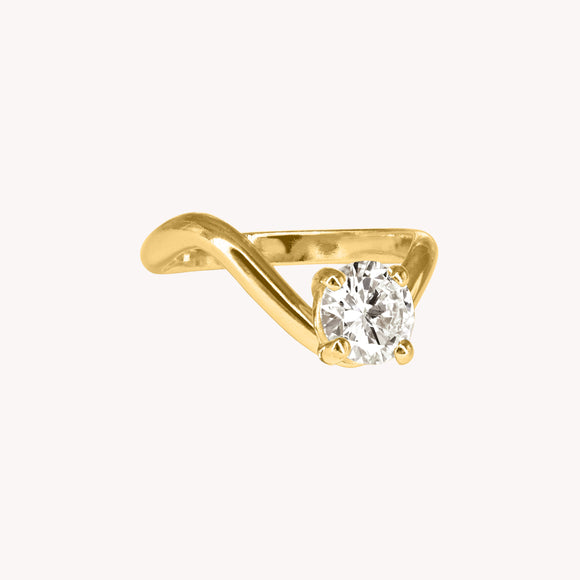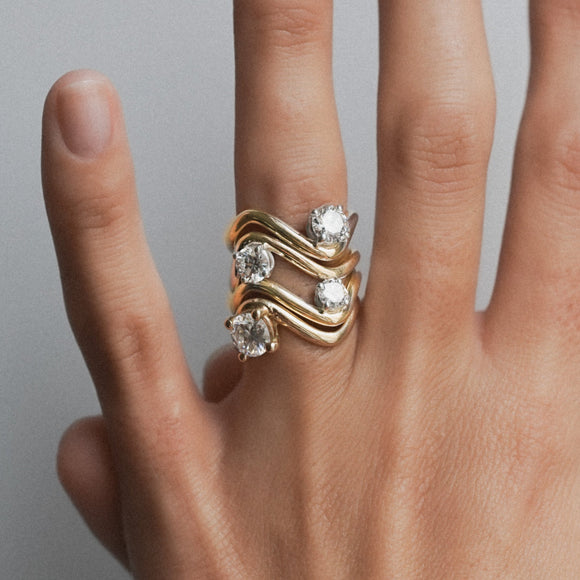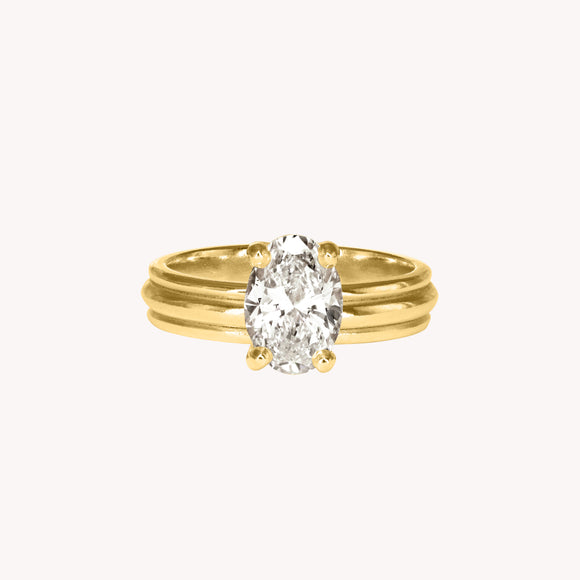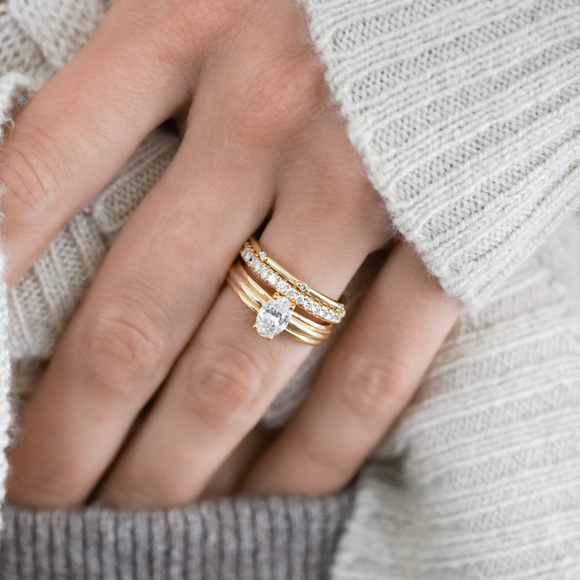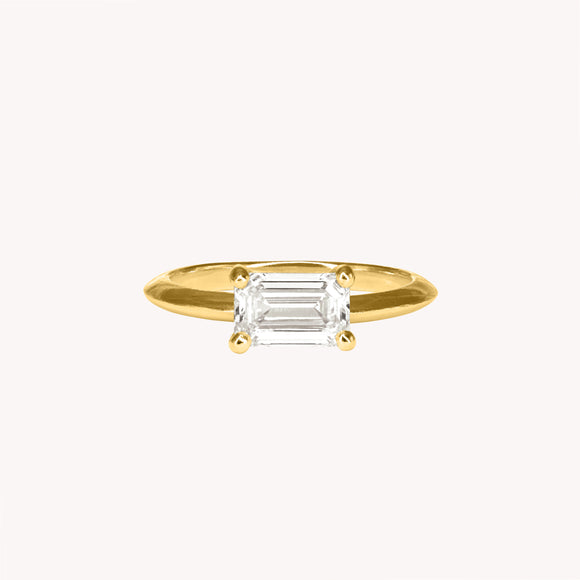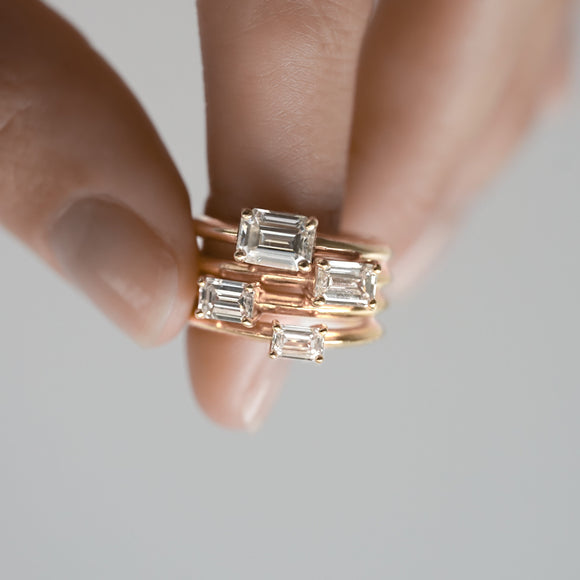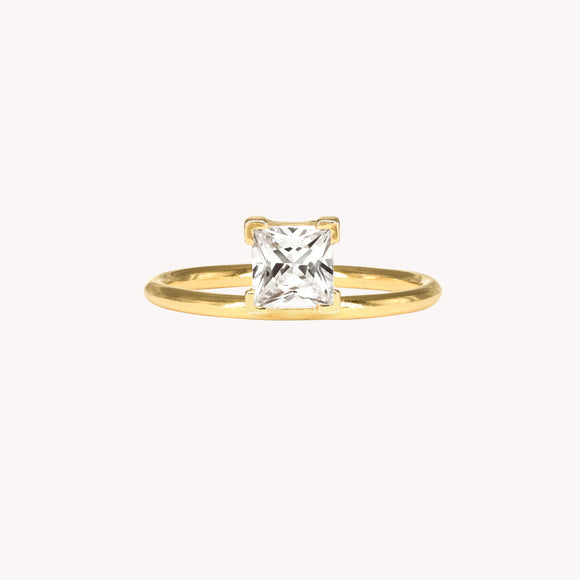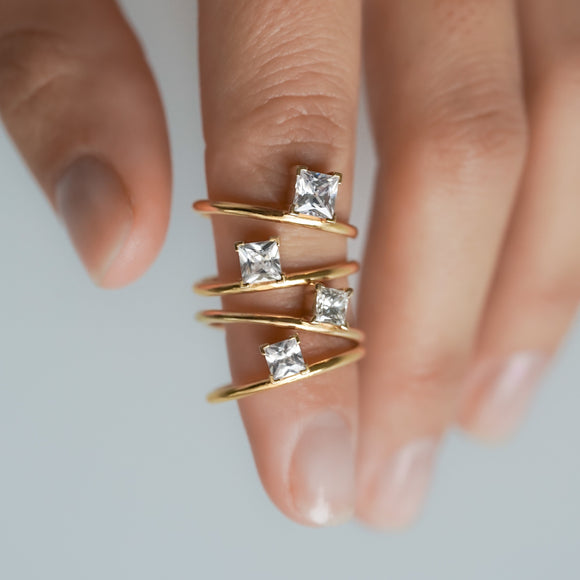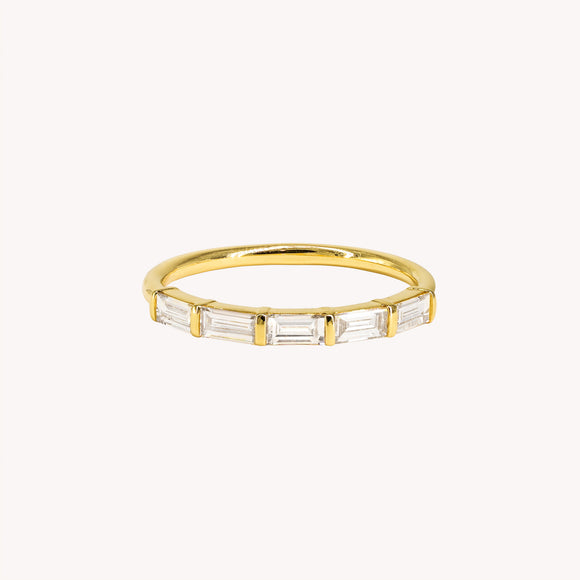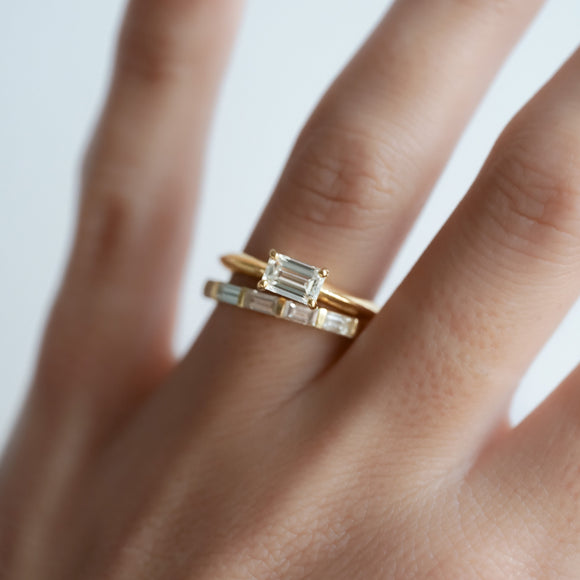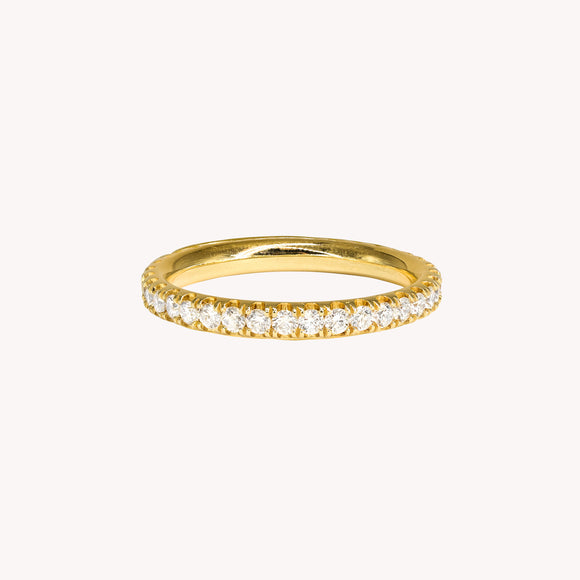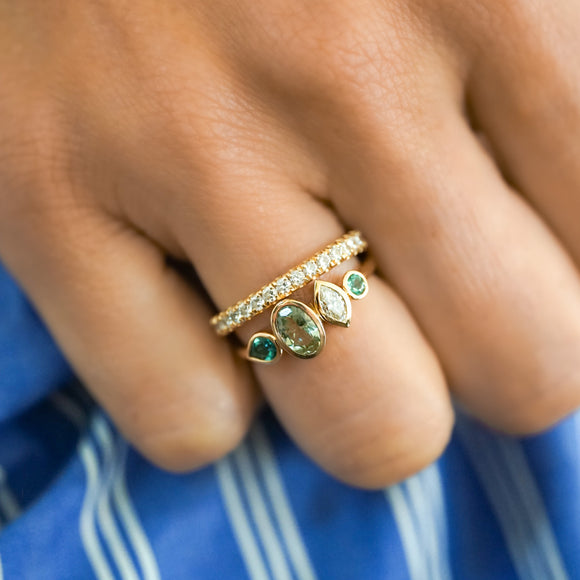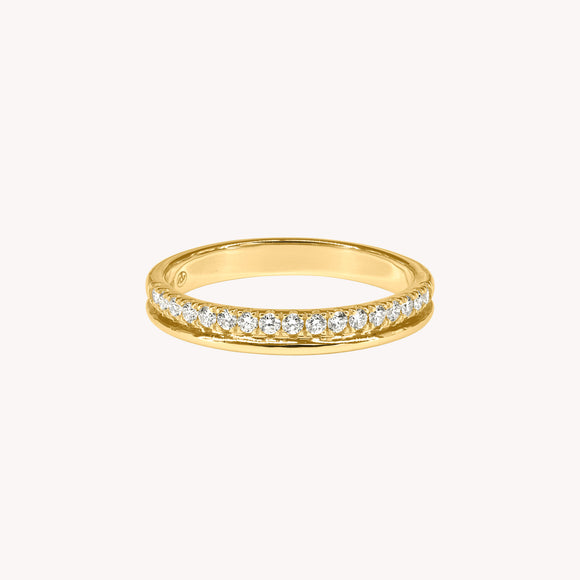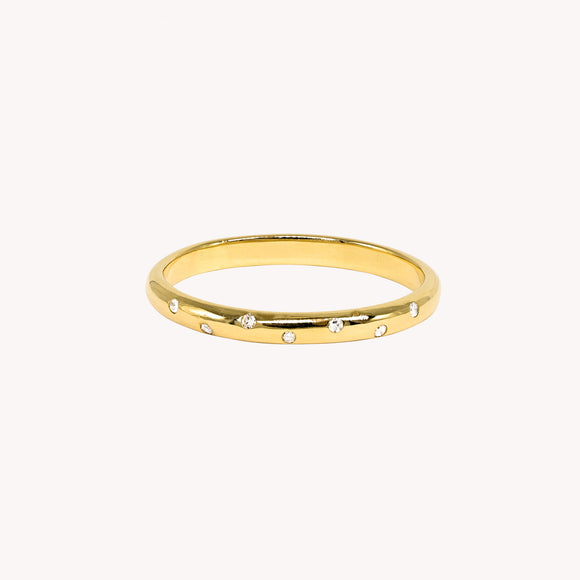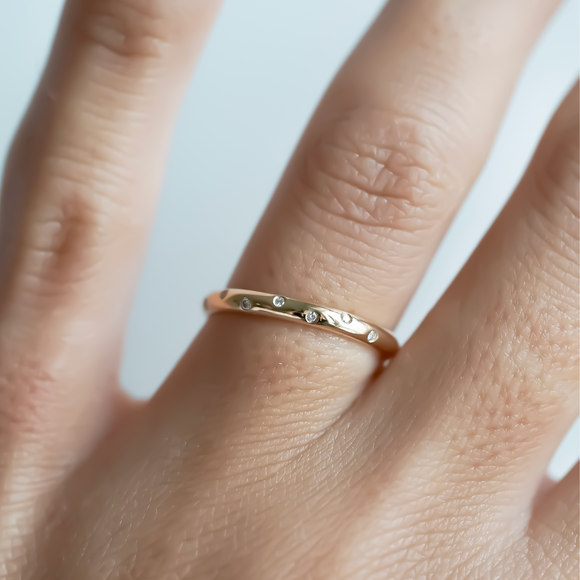Clarity means imperfection, and every diamond has some. These "flaws" are called inclusions. In most cases, these are not visible to the naked eye and will not affect the diamond's brilliance. At Douze Paris, we use VS clarity diamonds. Richard T. Liddicoat and his colleagues established the Gemological Institute of America's (GIA) diamond grading system and clarity scale in 1953. This table lists the different classification categories and clarity grades for diamonds, the main ones being:
- FL: Flawless : Perfectly pure under the microscope.
- IF: Internally Flawless : Pure under the microscope.
- VVS 1-2: Very Very Small inclusions : Very very small inclusions.
- VS 1-2: Very Small inclusions : Very small inclusions.
- S 1-2: Small inclusions : Small inclusions.
- I 1-2-3: Included Inclusions : Visible inclusions.






